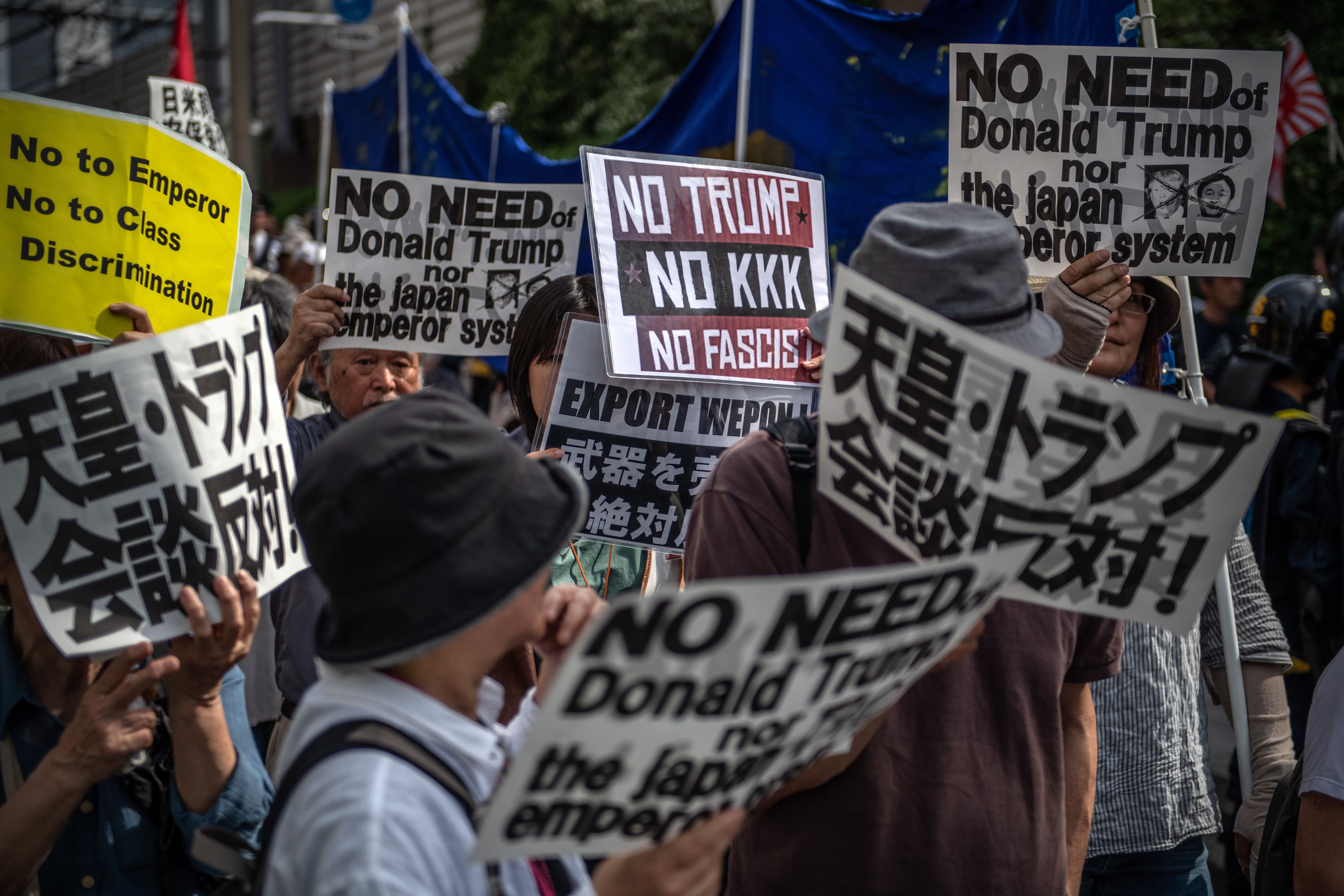Alright folks, buckle up, because the trade war theater just got a whole lot more interesting. Japan is reportedly considering throwing concessions – specifically, increased imports of US rice and soybeans – onto the altar of appeasement in a bid to dodge Trump’s tariff bullet. Yes, you heard that right. Prime Minister Kishida’s government is essentially waving the white flag before a real fight even begins.

This isn’t just about rice and soybeans, though. The US is aggressively pushing for expanded access for all their agricultural products – think beef, seafood, even potatoes. The audacity! Japan’s chief negotiator, Akira Amari, is currently locked in talks with US counterparts like Treasury Secretary Yellen and Trade Representative Tai. The initial round didn’t yield a breakthrough, but further discussions are on the horizon.
Amari, smartly, is demanding the US prioritize their demands. A shrewd move, considering the sheer volume of requests coming from across the pond. We expect more back-and-forth by the end of the month. But let’s be clear: this reeks of a preemptive surrender.
Let’s quickly break down what’s at play here, from a financial perspective:
Trade negotiations are fundamentally about leverage and risk assessment. The US, wielding the threat of tariffs, has significant leverage.
Agricultural markets are highly sensitive to trade policies. Increased imports can impact domestic producers significantly.
Japan’s economy, while robust, relies heavily on international trade. Protecting that access is paramount.
Understanding the underlying economics of agricultural subsidies and trade barriers is crucial to understanding these disputes. The US often has a built in subsidy advantage.
These aren’t simply ‘deals’; they are intricate power plays with real-world economic consequences. Keep your eyes peeled, folks – this is a developing story that’s going to move markets.






